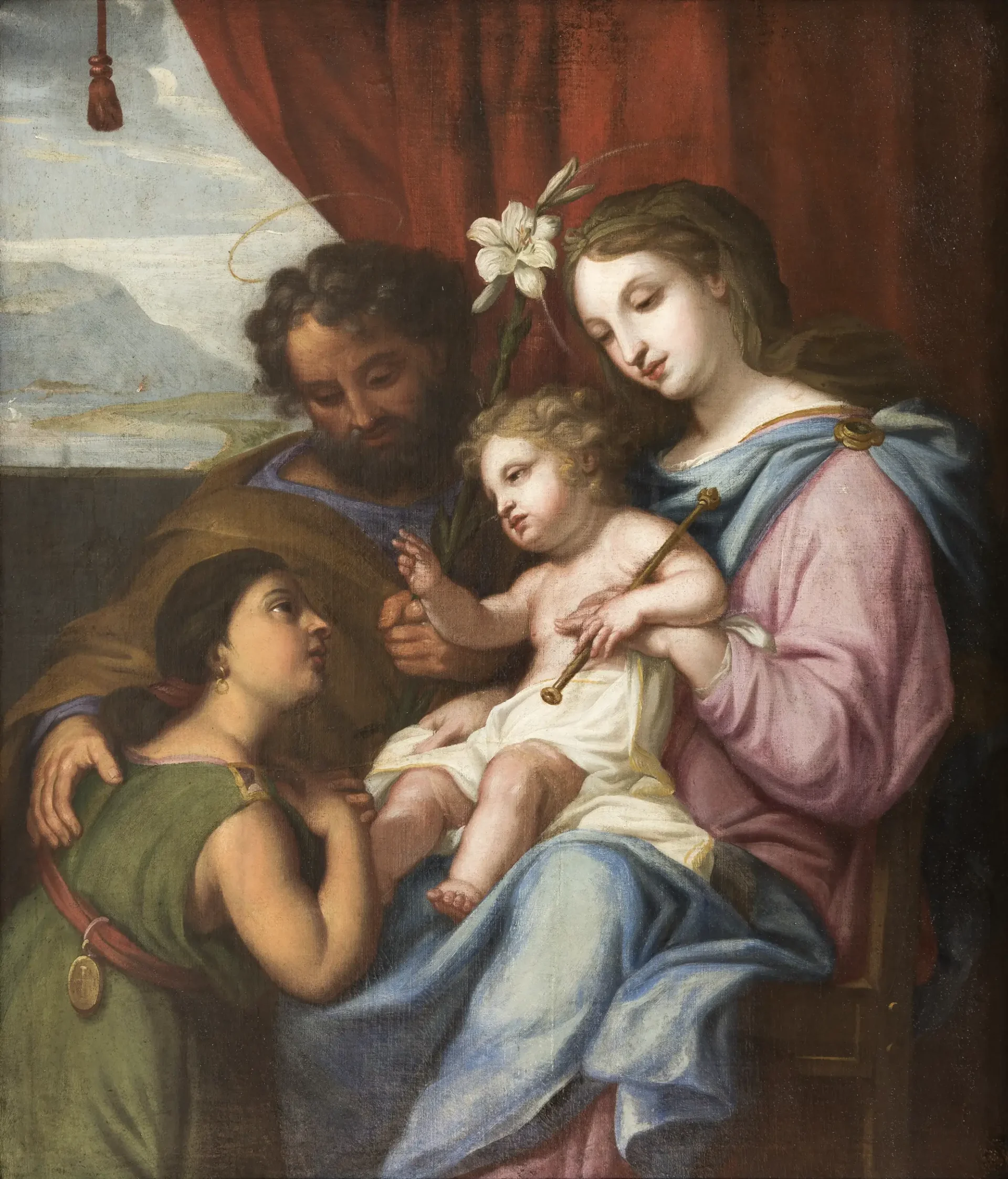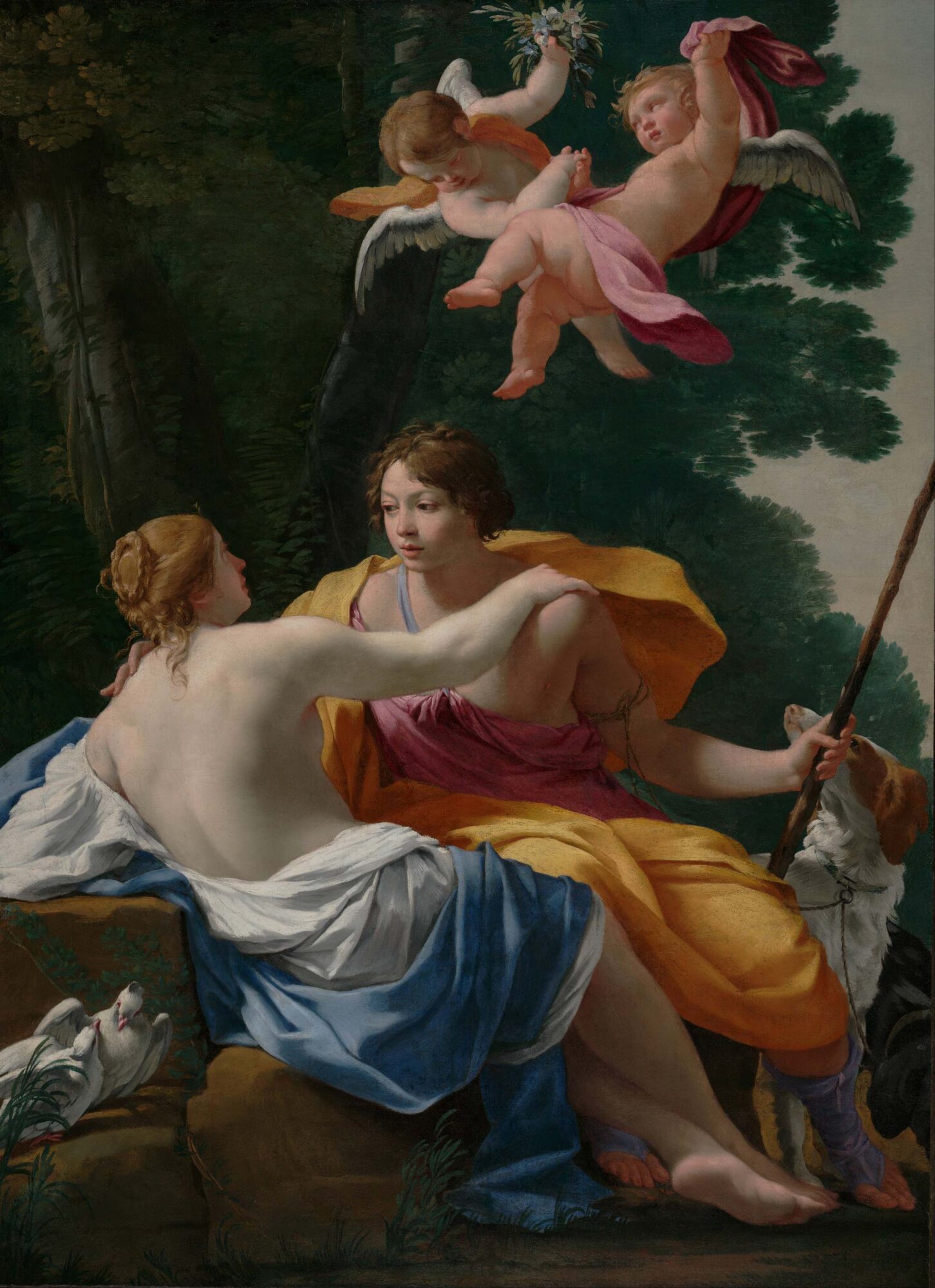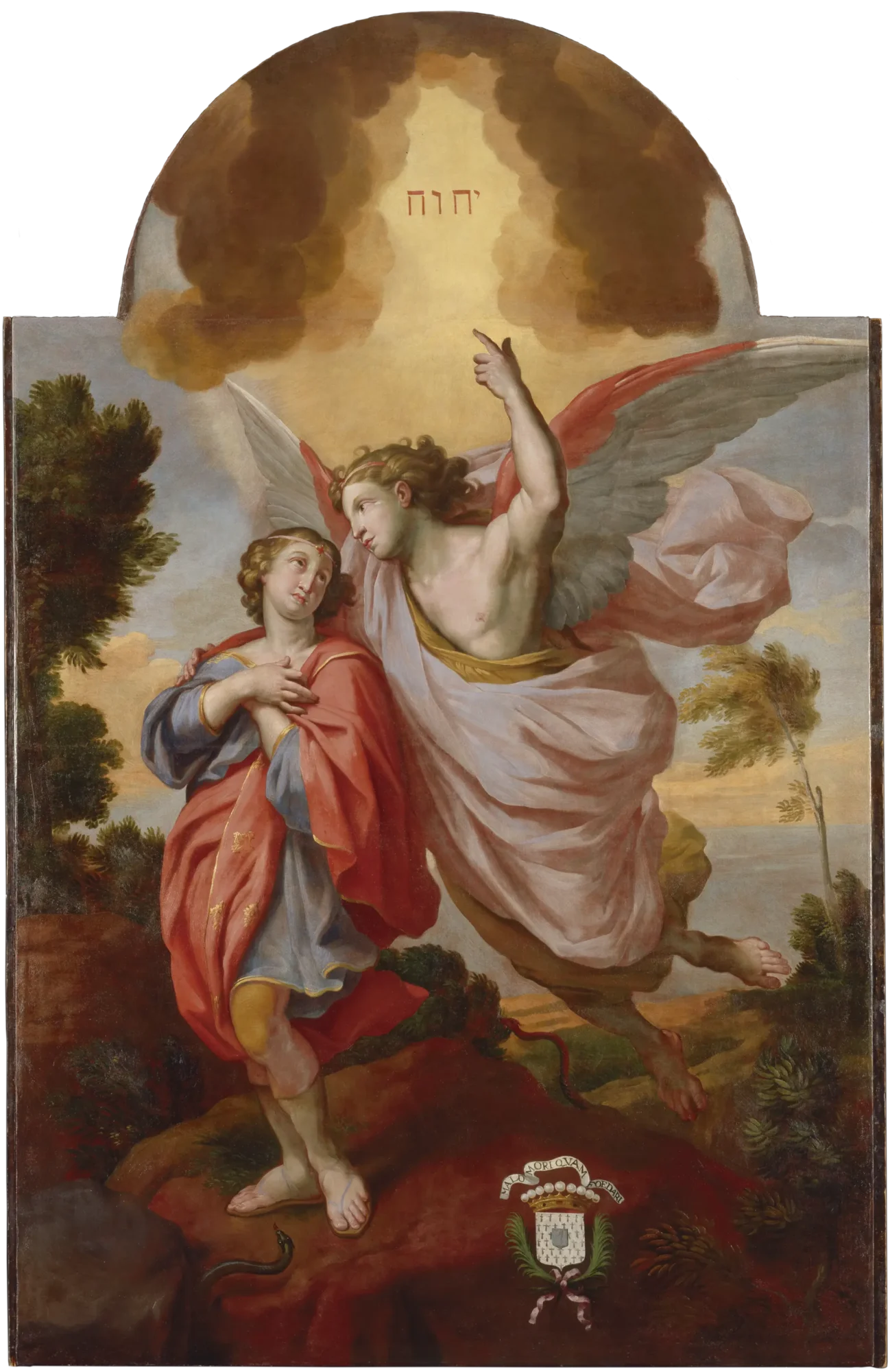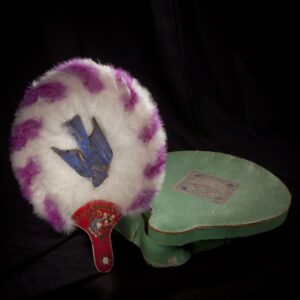Claude François, Known as Frère Luc (1614–1685)

Frère Luc (né Claude François), La Sainte Famille à la Huronne (The Holy Family with a Huron Woman), c.1671
Oil on canvas, 121.9 x 106.7 cm
Musée des Ursulines de Québec, Pôle culturel du monastère des Ursulines, Quebec City
During his fifteen-month stay in New France, from August 1670 to October 1671, Frère Luc primarily worked on large-scale religious history compositions meant to inspire the celebration of faith in several churches and chapels in the capital and its surrounding region. This marked the beginning of the use of large-scale works to decorate Quebec City’s sacred spaces. La Sainte Famille à la Huronne (The Holy Family with a Huron Woman), exemplifies the type of Baroque paintings favoured by Frère Luc and showcases his ability to modernize classical themes by adapting them to his cultural context. In Quebec City, he reinterpreted the theme of the Holy Family by addressing colonization and the conversion of Indigenous Peoples. At the time, the Wendat Nation was a particular focus of missionary conversion.


La Sainte Famille à la Huronne presents an allegory of divine protection over a young Wendat woman, who wears on her belt a medal adorned with a cross, traditionally given to new converts. The figure evokes the Ursulines’ educational mission for young girls. Set within a partially enclosed space framed by red velvet drapery and opening onto a landscape that includes Quebec City’s cliffside, Joseph, Mary, Jesus, and the young Indigenous woman form a monumental and expressive quartet. The young woman is welcomed into her new family, establishing an intimate connection with the divine—an experience that the composition of the work seeks to recreate for the viewer.
Claude François was born in Amiens, France, in 1614, and is believed to have trained in the Paris studio of the Baroque painter Simon Vouet (1590–1649) and in Rome. Appointed painter to King Louis XIV in 1644, he joined the Récollet missionaries the same year and took his vows in 1645. Claude François then adopted the name Luc, in reference to Saint Luke the Evangelist, the patron saint of painters. At the Récollet convent in Paris, Frère Luc ran a studio with students and assistants. In the spring of 1670, at the age of fifty-six, he set sail for New France, bringing with him his art supplies and several religious paintings intended to adorn churches and chapels in Canada.
At the time, most artworks were imported to the young colony from France, so the Récollet painter contributed significantly to the province’s local production. In addition to La Sainte Famille à la Huronne and L’assomption de la Vierge (Assumption of the Virgin), 1671, the painting L’ange gardien (The Guardian Angel), 1671, stands as one of the most successful pieces produced during Frère Luc’s time in the capital. After returning to Paris, he continued to receive commissions and supply paintings to parishes in New France. In fact, his reputation became greater in Canada than it was in France.

 About the Author
About the Author
 More Online Art Books
More Online Art Books
 Acknowledgements
Acknowledgements